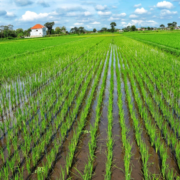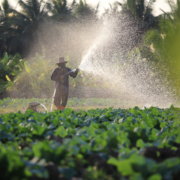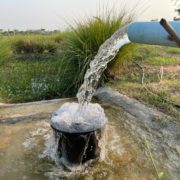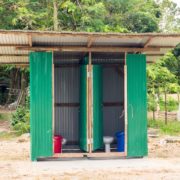Archive | Water RSS feed for this section
Health, Water
 Agriculture and natural resources, Water
Agriculture and natural resources, Water
 Climate change, Environment, Water
Climate change, Environment, Water
 Agriculture and natural resources, Economics, Water
Agriculture and natural resources, Economics, Water
 Environment, Health, Water
Environment, Health, Water
 Governance and public sector management, Health, Urban development, Water
Governance and public sector management, Health, Urban development, Water
 Climate change, Environment, Water
Climate change, Environment, Water
 Health, Water
Health, Water
 Governance and public sector management, Health, Poverty, Social development and protection, Water
Governance and public sector management, Health, Poverty, Social development and protection, Water
 Climate change, Environment, Water
Climate change, Environment, Water

Water security through effective wastewater management: Lessons from Japan’s public–private partnerships

Well-functioning wastewater management systems contribute to water security by improving resilience and welfare, but many countries are falling short of their wastewater management targets.
Revitalizing South Asia’s groundwater resources with direct-seeded rice

Direct-seeded rice contributes to lower greenhouse gas emissions, benefiting the environment, and increasing farmers’ total income by reducing cultivation costs.
Blue economy solutions exist and it is time for action

Oceans face immense pressures from human activities as we prioritize immediate results at the expense of long-term progress.
Managing water resources in agriculture can ensure food and water security

The unsustainable use of water resources in agriculture will have severe implications for future food and water security.
Maximizing the value of water to end water scarcity in Asia

Water scarcity is a global issue that affects 40% of the world’s population
Sanitation tours demonstrate successful sanitation in South Asia

Safe sanitation for all is essential for improving public health, providing a clean environment, and breaking cycles of disease.
The “invisible” water crisis: Groundwater sustainability in Asia and the Pacific

Groundwater overexploitation has raised concerns about resource sustainability and environmental degradation.
How to meet Asia’s post-COVID-19 water and sanitation investment needs

Governments in developing Asia should adopt practical interventions to maximize the effectiveness of new and existing sources of funding for water and sanitation.
How can the private sector help solve the sanitation challenge?

The private sector can play a vital role in solving the sanitation challenge. The following four aspects highlight the importance of private sector participation in sanitation in developing countries, including in Asia.
Climate change impacts in Asia are all essentially a water story

Global climate change caused by human activities will continue to be catastrophic for humanity. In particular, climate change is having serious impacts on the world’s water systems (United Nations 2020), and changes in these systems can have an enormous impact on people’s lives. This is because water plays a critical role in the very existence of all forms of life on earth as the foundation of human well-being and prosperity (Asian Development Bank 2020) and a source of life and livelihoods.


Search
Subscribe / Connect to Asia Pathways
Subjects
- Agriculture and natural resources
- Blog
- Capacity development
- Climate change
- Economics
- Education
- Energy
- Environment
- Finance sector development
- Gender
- Governance and public sector management
- Health
- Industry and trade
- Information and Communications Technology
- Infrastructure
- Miscellaneous
- Population
- Poverty
- Private sector development
- Regional cooperation and integration
- Sanitation
- Social development and protection
- Transport
- Uncategorized
- Urban development
- Video Blog
- Water
Recent Posts
- Unraveling the Health Risks of Climate Change
- Linking Farmers to Markets Through Agricultural Cooperatives and E-Commerce in Asia
- How Can Governments Support Electricity Distribution to Achieve Net Zero in Asia?
- Promoting Corporate Climate Action Through Greenhouse Gas Accounting
- Evaluating G7 Commitments on Climate Change, Health, Well-Being, and Agriculture




Recent Comments